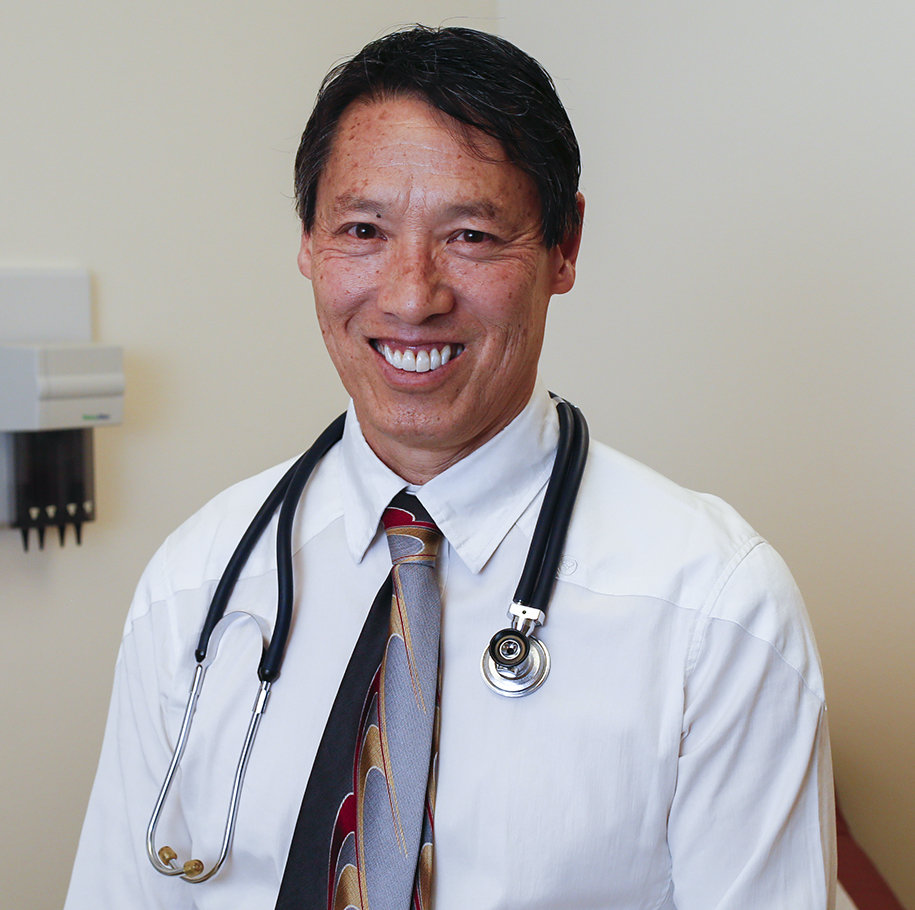
Improving the Odds
UNM’s Project Adobe Is Finding Success in Working with Formerly Incarcerated Teens
The challenges facing juveniles after they have been incarcerated in the Bernalillo County Youth Services Center are daunting. The overwhelming majority of them have substance abuse problems and mental health needs, many have dropped out of school and they may face disruptive home lives.
Nationally, research shows that environment has much to do with the 70 percent recidivism rates facing youth who have been in the juvenile justice system. A four-year-old UNM Health Sciences program developed to tackle those barriers head-on has shown it is possible to beat those odds. The UNM ADOBE program, which aims to provide juveniles with health care and community resources they can access to change their lives, shows a 90 percent success rate.
At any given time, the program follows between 140-170 young people as well as 50-75 family members who may need some form of primary or psychiatric medical care, according to Andrew Hsi, MD, professor of Pediatrics and founder and director of Project ADOBE.
 Participants find themselves cloaked in a customized “wrap-around” resource program.
Participants find themselves cloaked in a customized “wrap-around” resource program.
They are assigned to primary care and mental health teams, as well as navigators who can help with educational issues and such things as securing adequate housing for their families and keeping the electricity on.
Almost 100 percent of the entering juveniles have a mental health diagnosis that requires management, and some 96 percent of participants enter the program with substance abuse problems. Many have dropped out of school and many face challenges in their family home situation, Hsi says.
Critical keys to the program’s success lie in coordinating a group to support them while also connecting to each juvenile on an individual basis.
“We place a really high premium on a concept we call engagement,” Hsi says. “If we can get a young person and their family to engage in one of our people, that increases the opportunity to open doors to others.”
Yet stabilizing the family is also critical for success.
“The program is for young people, but in terms of housing, utilities and custody issues, we support a family system,” he says.
Two UNM clinics – the UNM North Valley Clinic and the Southeast Heights Clinic – currently see program patients.
Weekly team meetings focusing on participants with upcoming appointments ensure that everyone on the team has input he adds.
“They know the kid, they know the family and they have talked to the schools and community agencies. Their information is then used to take the next step in terms of individualized care,” Hsi says.
“Getting counseling is not easy, yet its absence creates a gap in how they are able to alleviate psychological distress,” he says. “Medication management is challenging. Developing the skills to deal with bullying or the loss of an important relationship – those are things not easy to do.”
When do they leave?
“For many it happens when the kid figures out what they want and are doing it,” Hsi says. “They may be back in school or holding down a job and are in a stable relationship and they feel they just don’t need the core coordination anymore.”
At other times, the team has followed clients into their early 20s. “Those are years where additional support may be crucial to success,” he says. “Our primary goal is to lower the risk of the youth re-engaging in delinquent/criminal behavior, and we know that is not an easy process."